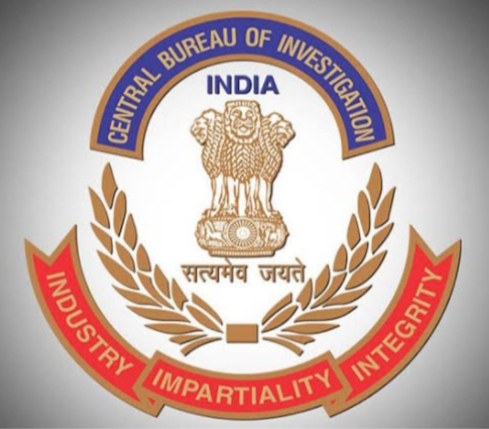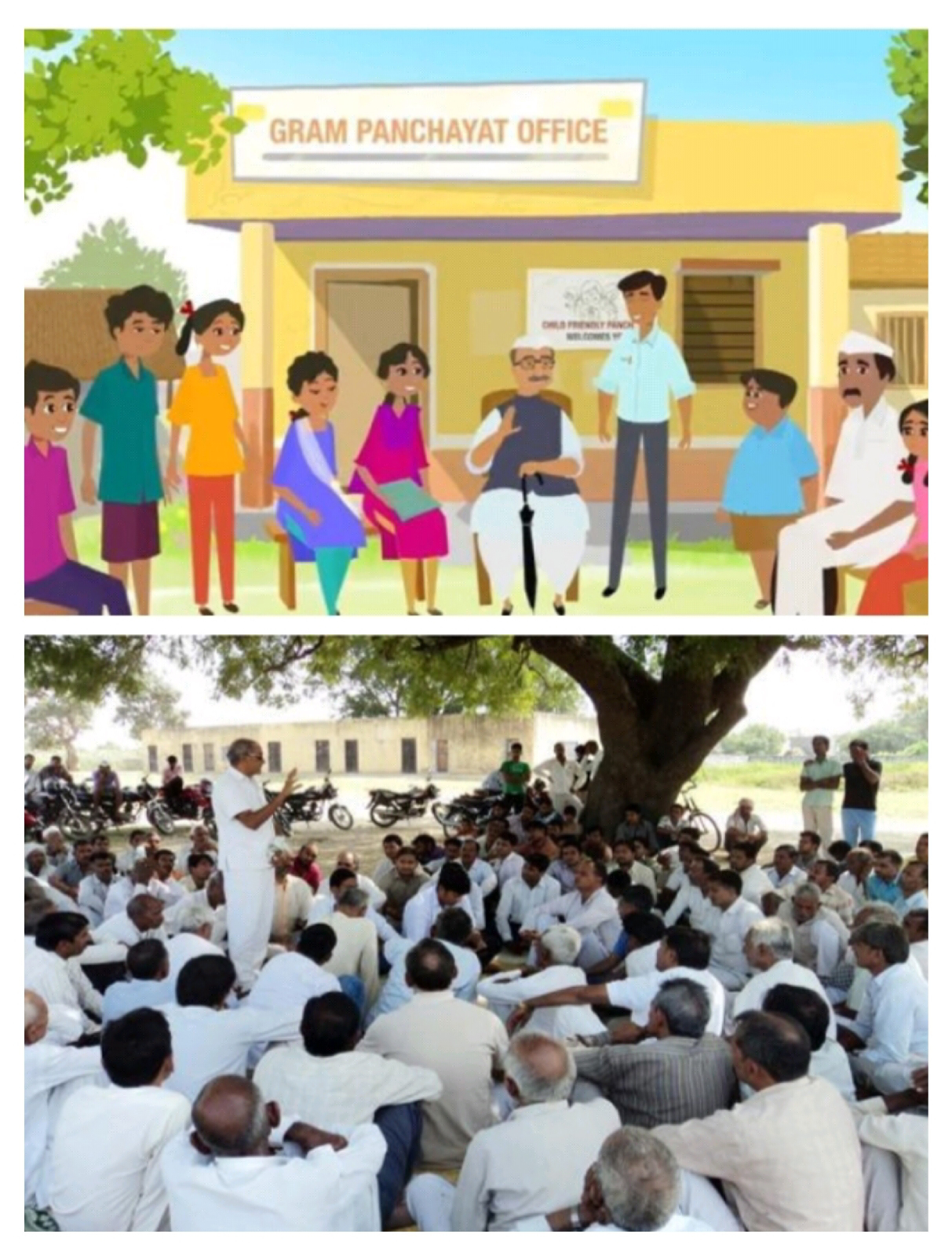Instructions for upsc exam

Instructions for upsc exam: • Print the E-admit card issued for the Upsc prelims. • Carry two or three black ballpoint pens. • Carry with you,a valid government issued photo ID card and two passport Size photos. Eligibility for upsc exam •UPSC Age limit: 21-34 years •Maximum Age for UPSC: Changes as per age relaxation for reserved categories. •UPSC qualification criteria: Education qualification for upsc is to be graduate of a recognised university. •Nationality: Indian •UPSC Attempt limit: 6 attempt for ...





